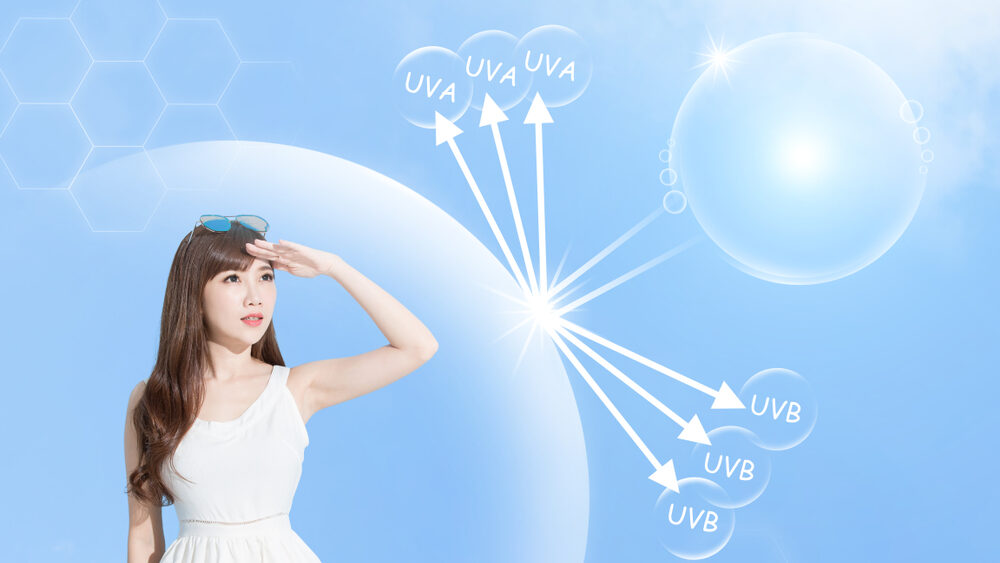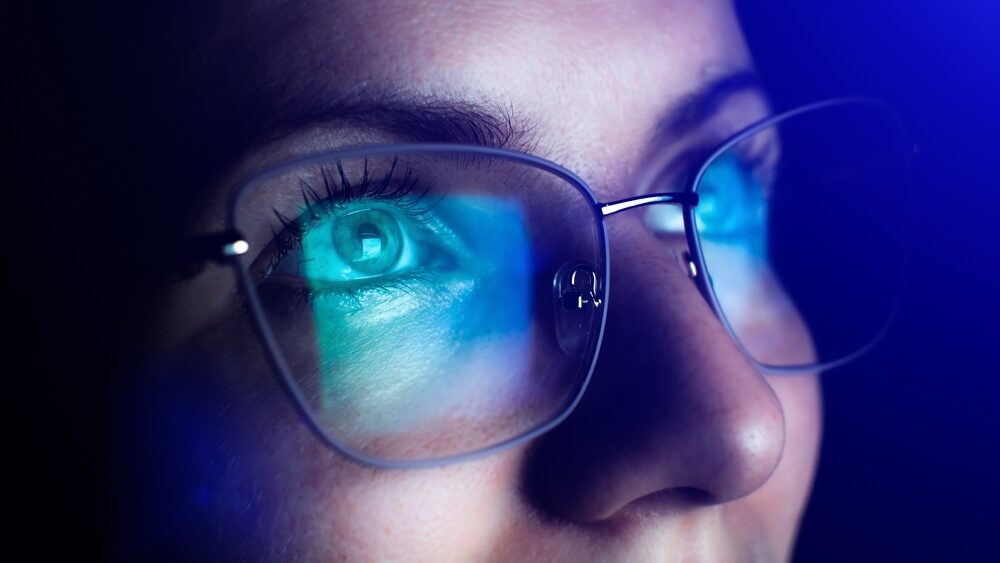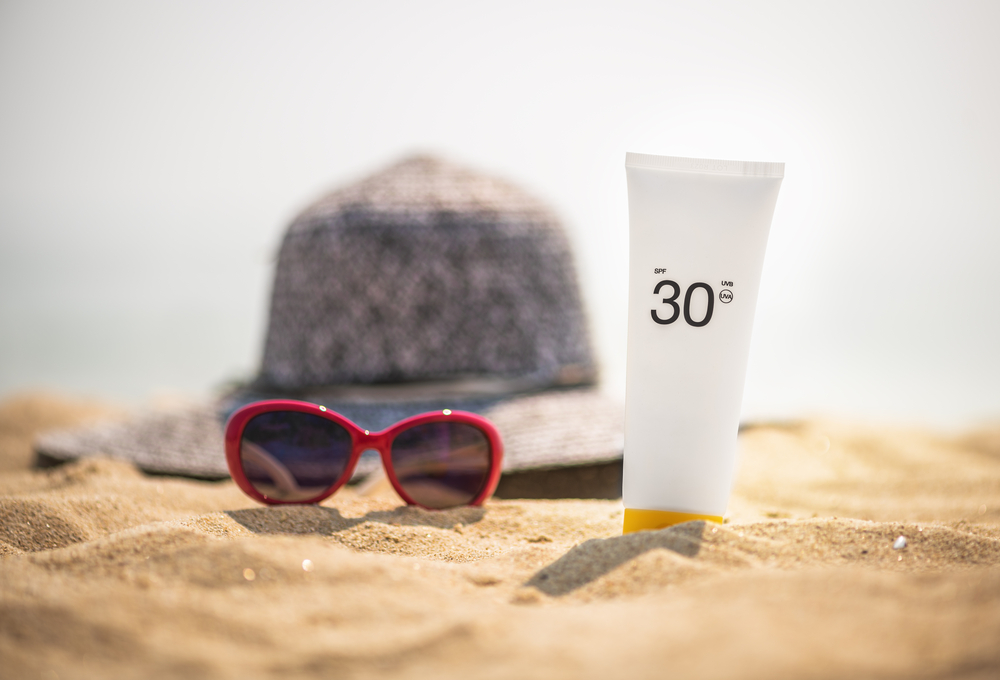Sun protection has never been more important as we become more conscious of the harmful effects that the sun has on our skin. For complete sun protection, it’s important to comprehend the various kinds of ultraviolet (UV) rays and their effects in addition to applying sunscreen with a high SPF. Apart from UVA and UVB radiation, new studies have revealed the negative impacts of blue light emitted by electronic gadgets. This article will examine the subtleties of sun protection that go beyond SPF, emphasizing how important it is to protect skin from UVA, UVB, and blue light in order to keep it looking young and healthy.
Understanding UVA and UVB Rays: UVA and UVB rays are two types of UV radiation that the sun emits, and they each have unique properties and effects on the skin. UVA rays go deeper into the skin (dermis) and cause premature aging signs like wrinkles, fine lines, and age spots, while UVB rays mainly damage the epidermis, the outermost layer of the skin, and cause sunburns and skin cancer. It is well known that both forms of UV radiation harm skin cells’ DNA, gradually raising the risk of developing skin cancer. Consequently, for complete sun protection, broad-spectrum sunscreen that blocks UVA and UVB rays is crucial.

The role of SPF: SPF, or Sun Protection Factor, quantifies the degree to which a sunscreen blocks UVB rays and, in particular, helps to avoid sunburn. It’s crucial to remember that SPF does not take UVA protection into account; it only indicates UVB protection. Using a broad-spectrum sunscreen with an SPF of 30 or higher, generously applying it, and reapplying it every two hours—especially when exposed to direct sunlight—is advised for adequate defense against both types of UV rays.
Blue Light Defense: Concern over the effects of blue light, which is emitted by electronic devices like computers, tablets, and smartphones, has grown in recent years. High-energy visible (HEV) light, sometimes referred to as blue light, is more deeply absorbed by the skin than ultraviolet radiation and has been connected to inflammation, oxidative stress, and accelerated skin aging. Prolonged blue light exposure can also interfere with the skin’s natural barrier function, making the skin more sensitive and prone to moisture loss.
Skincare products that contain antioxidants, like vitamin C and E, can help neutralize free radicals produced by exposure to blue light, thereby reducing the negative effects of blue light. Physical barriers like blue light-blocking glasses or screens can also be used to lessen direct exposure to blue light emitted by electronic devices. For the sake of overall skin health, it is prudent to limit exposure to blue light, even though further research is necessary to fully understand the long-term effects on the skin.

Useful Sun Protection Advice: You can improve your sun protection routine by doing the following in addition to applying broad-spectrum sunscreen with a high SPF:
- When UV radiation is at its highest, which is usually between 10 a.m. and 4 p.m., seek shade.
- Put on protective gear such as long sleeves, light-colored clothing, and hats with wide brims. Also, wear sunglasses that block UV rays.
- Reapply sunscreen frequently, especially after swimming or perspiring, and generously apply it to all exposed skin areas, such as the face, neck, hands, and ears.
- Drink lots of water to stay hydrated throughout the day. Proper hydration promotes healthy skin function and helps to keep the moisture balance in the skin.
- Consume foods high in antioxidants, such as nuts, leafy greens, and berries, to help your skin’s natural defenses against damage from UV and blue light.
Conclusion
In conclusion, sun protection involves more than just wearing a high-SPF sunscreen; it calls for an all-encompassing strategy that takes into account the negative effects of UVA, UVB, and blue light radiation. You can protect your skin from potential risks like sunburn and premature aging by learning the subtleties of each type of radiation and putting them into practice. Recall that shielding your skin from the sun’s rays is crucial for preserving your youthful appearance, lowering your risk of developing skin cancer, and improving the health of your skin in general. Thus, keep in mind to give sun protection above and beyond SPF the next time you go outside or spend a lot of time in front of a screen. Over time, your skin will appreciate the effort.

